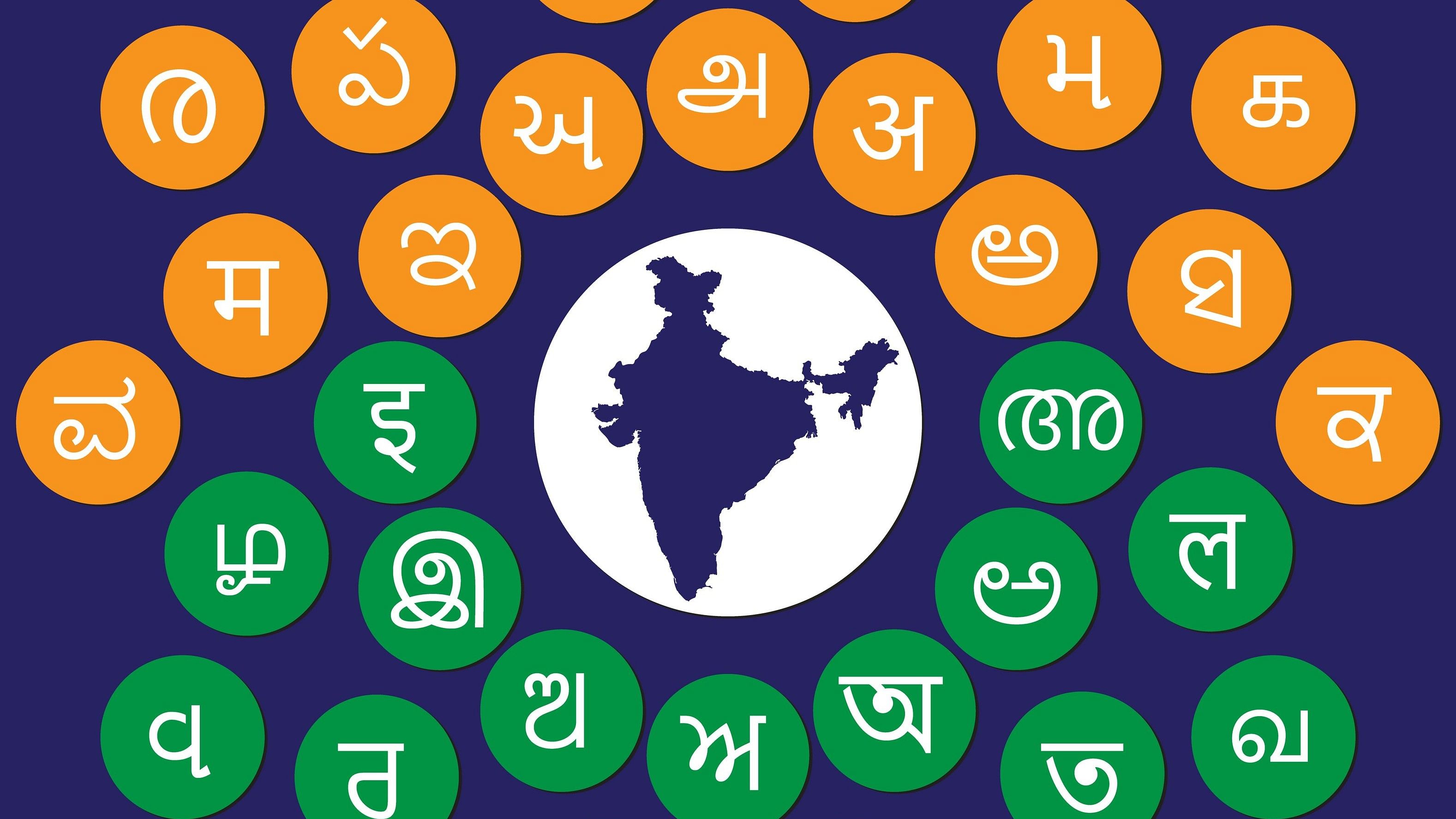
Representative image.
Credit: iStock Photo
The Indian information technology (IT) industry is a significant factor behind India’s recent economic boom. Indian IT giants and their considerable workforce have earned reliability on the global stage, with innovation, originality and capabilities driving the success of the Indian IT industry. However, with opportunities, challenges have plagued the integration of prospective talents from across India in the IT workforce—the most significant of which has been the linguistic barrier of the youth in different regions.
India thrives on the principle of unity in diversity. Prospective talents who are often not well-versed in English have found it challenging to become successful in their professional IT careers, which often involve coding.
Significant efforts are underway in India, where firms are pushing to integrate vernacular language into coding. This push is part of the Indian IT industry to incorporate talents from tier-2 and tier-3 cities and rural areas as the IT industry is opening its doors to more employees than ever. This is leading to a paradigm shift in the thought process of hiring coders in the domain who have excellent innovative capabilities through vernacular languages as the future of coding is becoming more inclusive than ever.
The challenge
India has become a global leader in the service-based IT industry in a relatively short period. Global giants, mid-sized, and small firms increasingly choose Indian IT firms to outsource their IT requirements. This has led to a need to hire more talent for Indian companies, which are facing challenges in finding trained professionals. According to the World Economic Forum, four of India’s top five emerging employment roles are directly related to the IT sector: Software Engineer, Data Analyst, Data Scientist, and Machine Learning Engineer.
Meanwhile, less than 10 per cent of the Indian population speaks English fluently. Of the estimated 55 lakh IT professionals in India, 4-16 per cent are fluent in the language if aligned with the national average. A significant 60 per cent of these professionals are developers, while studies by global developer communities suggest that India presently has as many as 13.2 million developers inside its borders. This highlights the need to incorporate vernacular languages in the Indian IT industry to optimise the output and sustain the upward momentum.
The solution
Integrating vernacular languages into IT education can properly address the linguistic barrier among Indian coders, enabling these developers to create innovative programs in the comfort of their native languages. Many EdTech firms and institutions offer IT courses in vernacular languages like Hindi, Tamil, Telugu, and Bengali. This enables the industry to hire trained professionals who can compete with their global peers.
From GIT, Data Science, Python, and SQL to Arduino Electronics, Azure DevOps, C and C++ Programming, Docket and Dale — everything can be learned using vernacular languages in India, enabling prospective developers to excel in their respective careers with innovation.
The benefits
Integrating vernacular languages in coding empowers the IT industry and coders alike with enhanced accessibility, collaboration, innovation, originality, and employment prospects.
This is also helping India become a global advocate for incorporating local languages in coding, calls for which have also been rising in several non-English-speaking nations across Europe, South America, and Asia.
It also particularly benefits the Indian IT industry by defining and setting new expectations and benchmarks, driving growth, and allowing expansion in key global markets.
Future considerations
The ongoing push to establish vernacular languages as part of the coding domain will create an inclusive atmosphere for numerous linguistic communities to co-exist with English in the industry. From a larger point of view, this will allow more youths to opt for technologically driven careers, contributing to India’s push to become a first-world country by 2047.
As new-age technologies like Generative AI (GenAI), Machine Learning, Data Science, and others define a transformed job market, this will assist in generating new jobs for the Indian youth, many of whom were previously discouraged from pursuing a career in IT because they could not converse fluently in English.
Industry leaders must also understand that English remains a communication medium, and technology is driven by necessity, similar to all other languages. The contemporary trend in technology is to incorporate vernacular languages in the coding sphere as part of a paradigm shift — not just in India but globally.
(The author is the founder and CEO of a vernacular technical education platform)